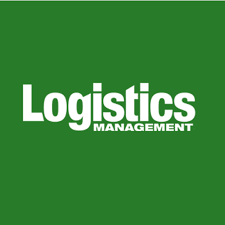Global Logistics 2023: Supply chains under pressure
Summary: Supply chains worldwide will continue to be caught between politics, economics and ecology in the future. Whether there will be more regionalization or nearshoring remains to be seen. The question will linger: Who will win and who will lose in this increasingly tense competition?
Then logistics experts discuss the challenges and prospects for global supply chains in 2023, it’s clear that a multitude of factors are involved. Many shippers and players in the transport and logistics business are currently under great pressure.
This is due to a number of lingering issues including the pandemic; huge increases in energy prices; large fluctuations in the supply and demand for transport capacities; delays in port trans-shipment; and bottlenecks in hinterland transport. Furthermore, numerous countries are experiencing double-digit inflation.
Russia’s war on Ukraine also has effects on the supply and flows of goods, while disruption of supply chains and the West’s dependence on imports continues to intensify the debate about relations with China. Above all, there’s also the environmental challenge and the question of how to reduce CO2 emissions and deal with the costs for doing so.
And in the midst of these unprecedented challenges, industrial and commercial companies are analyzing their supply chains and searching for optimization tactics and alternatives. One possibility is to go back to more warehousing with the aim of greater stability in the supply of goods of all kinds—which has often not been running smoothly as of late. Still, the economy has no short-term alternative to international production and trade.
As we move forward, it’s clear that global supply chains will continue to not only need exceptional risk management solutions, but also improved climate friendliness. According to experts of the German Freight Forwarding and Logistics Association (DSLV), one thing is certain: the trend is to take every bit of CO2 reduction into account and leverage climate potential step by step wherever sensible and effective.
“Through innovative technology and efficient and digital processes, we need fewer resources and can reduce emissions. Switching to low-emission modes of transport, motors, and fuels is the most important way to further climate protection in the transport sector and logistics,” say DSLV experts.






